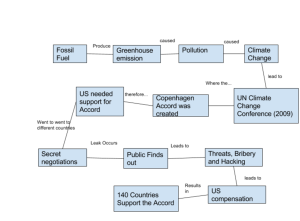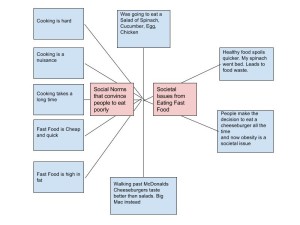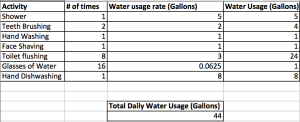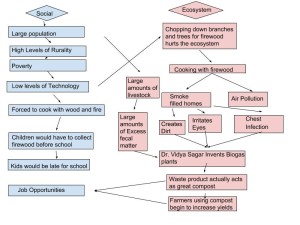In this module you will complete the following:
- Look at the Amazon case study and describe its biodiversity, using factors from module 10 describe how the Amazon is biologically diverse in two ways, and not biologically diverse in one way. (150-250 Words)
The Amazon is a perfect example of a biologically diverse ecosystem. One way that the Amazon is biologically diverse is its latitude. Because the Amazon is closer to the equator and so for a number of reasons means the Amazon is very diverse. The Amazon is a great example of biodiversity but, it does have it’s flaws. One way that the Amazon is not that biologically diverse is it’s smaller area. Another factor that makes the Amazon biologically diverse is its physically diverse habitats. Just within jungles there is high diversity even in a single tree. ecosystem’s vary from the top of a tree to its base. Each layer of the rainforest receiving different amounts of light, and rain, while other organisms learn to survive without sun and rain. One factor of biodiversity is having a larger area. Because the Amazon is not all that big altogether accounting for only 6% of the Earth’s land surface but making up over 50% of the Earth’s biodiversity.
- Look at your hometown and describe its biodiversity or lack of biodiversity, using factors from module 10 describe how your hometown is biologically diverse in two ways. (150-250 words) The Amazon case study starts off by explaining how my home state of Pennsylvania may only have 30-40 species of trees when describing our lack of biodiversity. So obviously Pennsylvania is not the most biodiverse ecosystem. One way my hometown of Lansdale, Pennsylvania is not biodiverse is a lack of a physically diverse habitat. My hometown is very much either residential or farm land. We have a very flat terrain and our weather is pretty uniform. Another way my hometown is not biologically diverse is a lack of longevity in the ecosystem. Solely because of human development, the ecosystem in Lansdale has not experienced a time of peace without human disturbance for as long as I have lived in Lansdale. There is always construction going on with new development’s being built in areas that used to be fields. The constant development of my area could be considered moderate development that really prevents the ecosystem from every building up its diversity.




